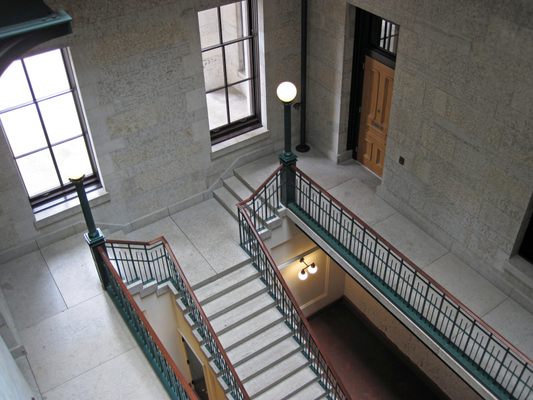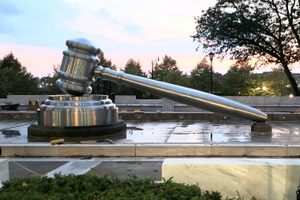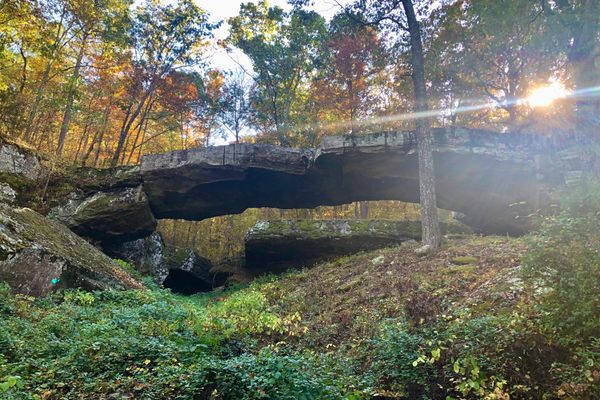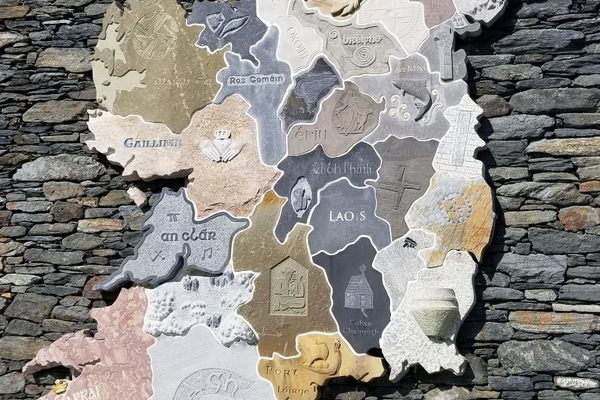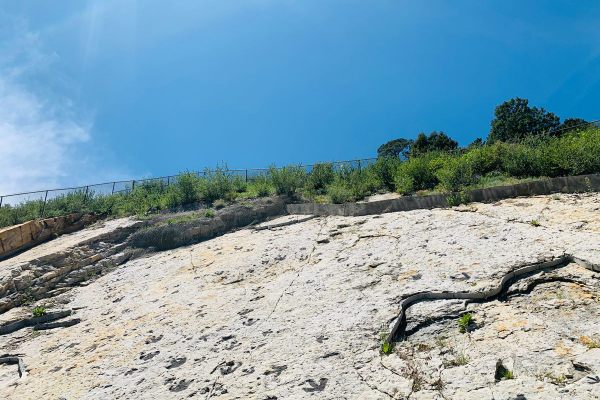About
Inside the walls of Ohio's Statehouse are the state's legislative power and items from Ohio's history, but the walls and floors themselves pay homage to the state's prehistoric history.
The statehouse is constructed of Columbus Limestone, which was formed from sediments deposited around 390–405 million years ago during the Devonian Period when what would become Ohio was a warm, shallow sea. The corals, sponges, and shelled animals of the sea make up this limestone, and the statehouse is one of the best places for the public to view these fossils where the limestone is used for the walls.
Crown Point Limestone, used as floor tile, was sourced from quarries in Isle La Motte, Vermont. This limestone from the Late Ordovician Period, about 459 million years old, showcases major groups of invertebrates also occurring in Columbus Limestone with the addition of marine gastropods.
Related Tags
Know Before You Go
For self-guided tours, use the Ohio Department of Natural Resources (ODNR), Division of Geological Survey booklet "Statehouse Fossils: A Guide to Fossils of the Ohio Capitol." Guided tours are offered semi-annually, one date being Earth Day.
Community Contributors
Added By
Published
July 17, 2023


